🚚 Fast Delivery | ⭐ Best Quality | 📞 24/7 Support
+971 2 552 3918
info@coolwaybmllc.com
- Power Tools & Machinery
- Fire and Safety Equipement
Fire and Safety Equipement
- Adhesives
- Plumbing & Sanitary
- Packing Materials
Packing Materials
- Abrasives
- Carpentry
- Welding Accessories
Welding Accessories
- Fasteners
- Lock & Furniture Accessories
Lock & Furniture Accessories
- A/C Refrigeration
- Electrical
Electrical
1,00 د.إ
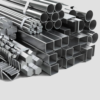

1,00 د.إ
You can add any HTML here
We suggest you to create a Saved Template in Dashboard -> Templates -> Saved Templates and use it by switching content type above to Saved template.
Threaded rods are versatile fasteners widely used in construction, fabrication, and industrial applications for providing stability and adjustable connections in structural systems. Two of the most common types of threaded rods are SS (Stainless Steel) threaded rods and GI (Galvanized Iron) threaded rods, each offering specific advantages based on their material properties and intended applications
SS threaded rods are manufactured from stainless steel, an alloy known for its strength, durability, and exceptional resistance to corrosion. Stainless steel threaded rods are ideal for applications exposed to moisture, chemicals, or high-stress conditions, such as in marine environments, chemical processing, and outdoor construction. The chromium content in stainless steel creates a protective oxide layer, preventing rust and ensuring the material remains unaffected by various environmental elements. Available in various grades, such as 304 and 316, stainless steel rods cater to diverse needs—316-grade, for instance, is known for its higher corrosion resistance and is often preferred for extreme conditions like saltwater exposure.
SS threaded rods are ideal for high-load applications that require long-lasting performance, as they are not only resistant to rust but also provide high tensile strength and structural integrity. Due to these qualities, SS threaded rods are commonly used in heavy construction, industrial machinery, and even precision engineering where strength and longevity are essential. Although more expensive than other materials, the durability and low-maintenance nature of stainless steel often offset the initial investment, particularly in demanding environments.
GI (Galvanized Iron) Threaded Rod
GI threaded rods are made from iron or mild steel coated with a protective layer of zinc through a galvanization process. The zinc coating provides a barrier against moisture, offering a moderate level of corrosion resistance, making GI rods suitable for structural applications with limited or moderate exposure to moisture. While they may not offer the same level of corrosion protection as stainless steel, they are more cost-effective, providing a budget-friendly solution for general-purpose uses.
GI threaded rods are commonly used in indoor applications, as well as light outdoor or sheltered areas where full corrosion resistance is not critical. They are frequently employed in electrical installations, framing, light structural support, and temporary construction frameworks, where moderate protection and low cost are priorities.
In summary, SS and GI threaded rods cater to different environments and needs: SS rods offer superior durability and corrosion resistance for challenging applications, while GI rods provide a cost-effective solution with moderate corrosion protection for standard, less demanding uses.
There is £4.99 charge for delivery under £50 Orders. Additional charges will be imposed by our couriers for delivery to remote area, a surcharge may be levied to cover carriage to these areas.
SS THREAT ROD AND GI THREAT ROD
1,00 د.إ
- SS (Stainless Steel) Threaded Rod:
- Made from corrosion-resistant stainless steel.
- Highly durable, strong, and ideal for heavy-duty, outdoor, and corrosive environments.
- Suitable for use in construction, marine, and chemical applications.
- Available in various grades (e.g., 304, 316) with different levels of corrosion resistance.
- GI (Galvanized Iron) Threaded Rod:
- Made from iron or mild steel with a protective zinc coating.
- Provides moderate corrosion resistance at a lower cost.
- Commonly used in structural, indoor, and light outdoor applications.
- Cost-effective for standard uses where moderate resistance is sufficient.
Threaded rods are versatile fasteners widely used in construction, fabrication, and industrial applications for providing stability and adjustable connections in structural systems. Two of the most common types of threaded rods are SS (Stainless Steel) threaded rods and GI (Galvanized Iron) threaded rods, each offering specific advantages based on their material properties and intended applications
SS threaded rods are manufactured from stainless steel, an alloy known for its strength, durability, and exceptional resistance to corrosion. Stainless steel threaded rods are ideal for applications exposed to moisture, chemicals, or high-stress conditions, such as in marine environments, chemical processing, and outdoor construction. The chromium content in stainless steel creates a protective oxide layer, preventing rust and ensuring the material remains unaffected by various environmental elements. Available in various grades, such as 304 and 316, stainless steel rods cater to diverse needs—316-grade, for instance, is known for its higher corrosion resistance and is often preferred for extreme conditions like saltwater exposure.
SS threaded rods are ideal for high-load applications that require long-lasting performance, as they are not only resistant to rust but also provide high tensile strength and structural integrity. Due to these qualities, SS threaded rods are commonly used in heavy construction, industrial machinery, and even precision engineering where strength and longevity are essential. Although more expensive than other materials, the durability and low-maintenance nature of stainless steel often offset the initial investment, particularly in demanding environments.
GI (Galvanized Iron) Threaded Rod
GI threaded rods are made from iron or mild steel coated with a protective layer of zinc through a galvanization process. The zinc coating provides a barrier against moisture, offering a moderate level of corrosion resistance, making GI rods suitable for structural applications with limited or moderate exposure to moisture. While they may not offer the same level of corrosion protection as stainless steel, they are more cost-effective, providing a budget-friendly solution for general-purpose uses.
GI threaded rods are commonly used in indoor applications, as well as light outdoor or sheltered areas where full corrosion resistance is not critical. They are frequently employed in electrical installations, framing, light structural support, and temporary construction frameworks, where moderate protection and low cost are priorities.
In summary, SS and GI threaded rods cater to different environments and needs: SS rods offer superior durability and corrosion resistance for challenging applications, while GI rods provide a cost-effective solution with moderate corrosion protection for standard, less demanding uses.
There is £4.99 charge for delivery under £50 Orders. Additional charges will be imposed by our couriers for delivery to remote area, a surcharge may be levied to cover carriage to these areas.
Reviews
There are no reviews yet.
Buy more save more!
Buy from 2 to 4 items and get 10% OFF
on each productBuy from 5 to 8 items and get 15% OFF
on each product- Free shipping on all orders above 50,00
- No hassle returns, 30 days return
- Next day delivery within your country

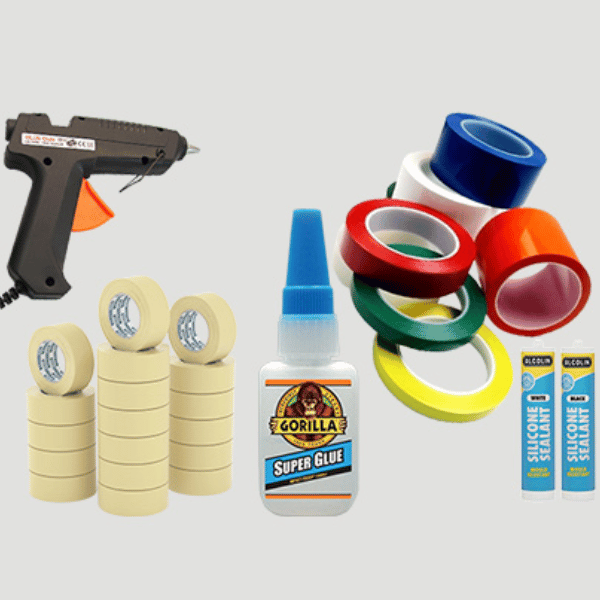
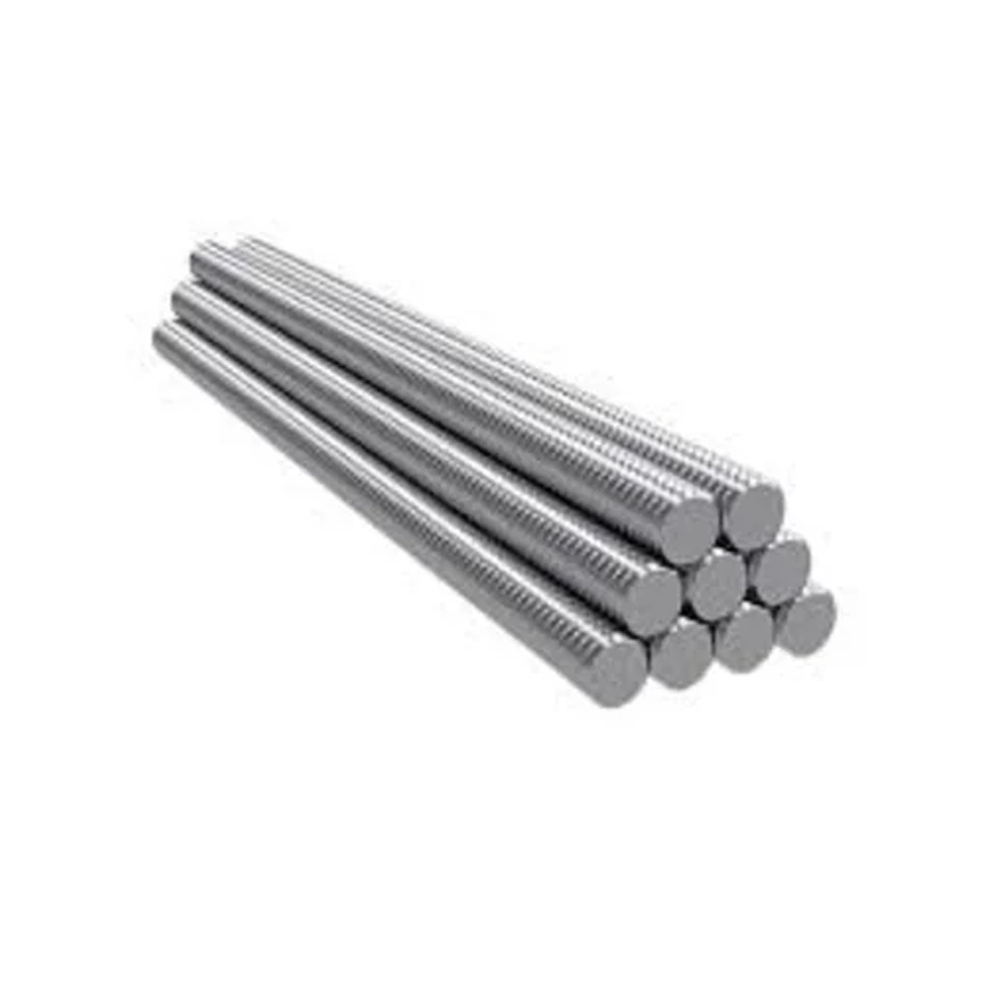
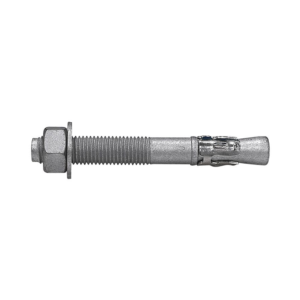
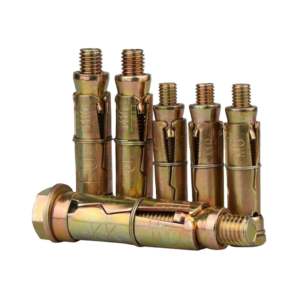

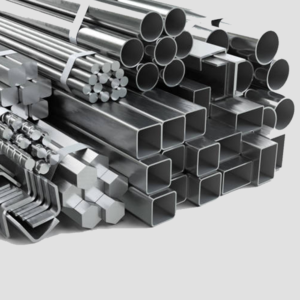


Reviews
There are no reviews yet.